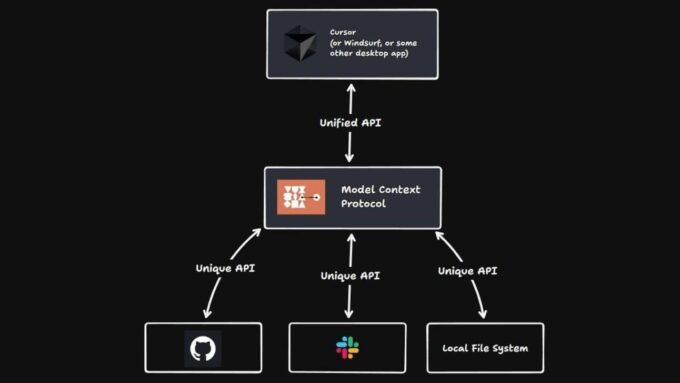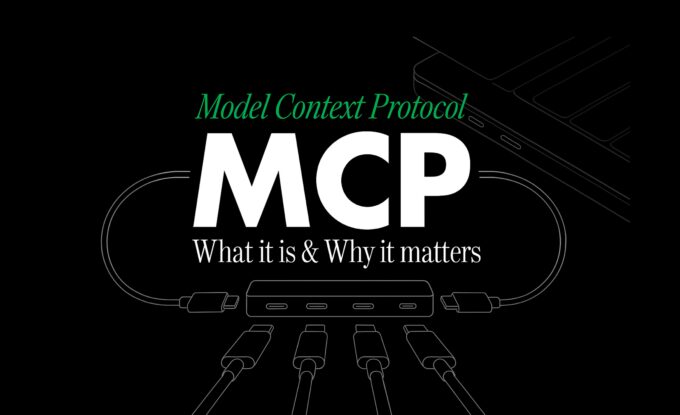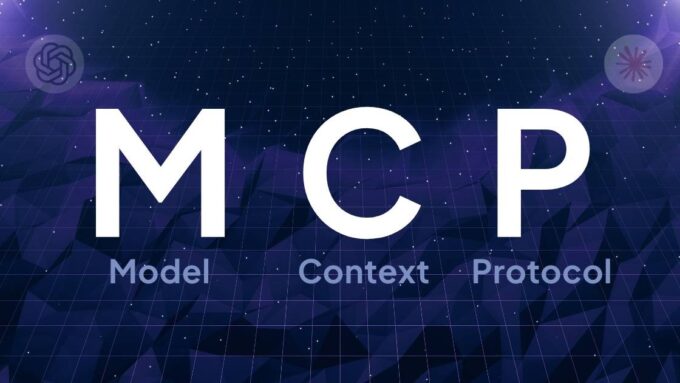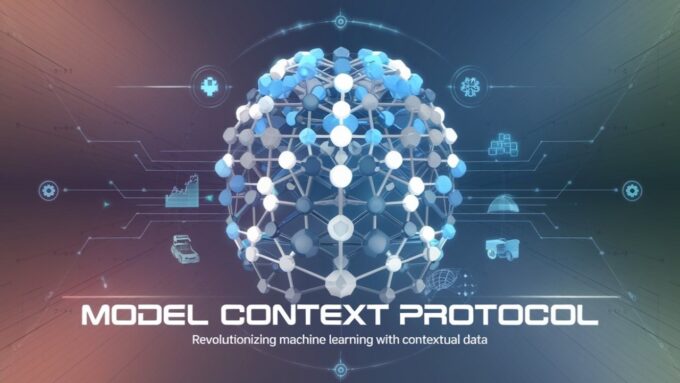Artificial intelligence depends on context. The more an AI system understands its environment, task, and purpose, the more accurate and human-like its output becomes. This is where the Model Context Protocol (MCP) comes in – a framework that standardizes how models communicate, interpret data, and integrate external sources of knowledge.
For developers, MCP represents a leap forward in how machine learning models operate within real-world systems.
Understanding the Core of MCP

Source: medium.com
The Model Context Protocol defines a unified way for AI models to interact with data, instructions, and external tools. Rather than forcing every model to operate in isolation, MCP enables shared understanding through structured metadata. This means an AI can know not only what to process, but why and how.
Key functions include:
- Defining how contextual data (like user intent or environment) is passed to models.
- Enabling interoperability between different AI architectures.
- Providing standardized “hooks” for plugins, APIs, and knowledge bases.
This alignment allows for smoother communication between models and software layers, much like a universal translator for machine learning environments.
Why MCP Matters in AI Development

Source: addyo.substack.com
To build smarter AI, developers need more than raw data, they need context-aware systems. MCP gives that foundation by aligning models with shared protocols.
In practical terms, this can reduce redundant training, improve response quality, and even boost transparency. If a model understands how another model interprets its inputs, coordination improves drastically. The MCP comparison guide offers an in-depth look at how various implementations of MCP differ in structure, adaptability, and integration flexibility.
Did you know?
Early experiments with contextual modeling showed up to a 40% improvement in task-specific accuracy when standardized context definitions were used between models.
That’s why organizations investing in AI pipelines now see MCP as essential, not optional.
The Architecture Behind MCP

Source: youngurbanproject.com
To understand how MCP functions, it helps to look at its layered structure. Each layer defines how context travels through an AI system.
| Layer | Function | Example |
| Context Layer | Defines user intent and environment | “Summarize this document in a friendly tone.” |
| Model Interface | Translates data for model consumption | Converts text to tokenized input |
| Output Schema | Structures responses for clarity | Formats output for apps or dashboards |
This architecture ensures that no step of communication is lost or distorted. The modular nature of MCP means it can adapt to diverse systems, from chatbots and virtual assistants to predictive analytics engines.
How MCP Shapes Collaboration Between Models
Modern AI often involves multiple models working together: a language model, a vision model, and perhaps a data-processing model. Without a shared protocol, they function like musicians playing without a conductor. MCP serves as that conductor.
Core collaboration advantages include:
- Shared understanding of input formats and intent.
- Real-time context transfer between models.
- Seamless integration with third-party APIs or databases.
This approach reduces friction and increases efficiency, allowing developers to build AI systems that evolve dynamically rather than statically.
Applications Driving Innovation Through MCP

Source: linkedin.com
MCP is already shaping key industries.
Examples include:
- Healthcare: Enabling AI diagnostic systems to interpret patient data contextually.
- Finance: Allowing models to recognize regulatory context in automated decisions.
- Education: Personalizing content delivery based on user context.
Subnote: By harmonizing data across models, MCP can prevent bias accumulation, one of the most persistent issues in AI systems trained on siloed datasets.
Such implementations prove MCP’s value as a structural foundation for safer, more coherent artificial intelligence.
Final Thoughts
The Model Context Protocol is rapidly becoming the backbone of modern AI infrastructure. It creates a common language that allows systems to understand not only the data but the meaning behind it. By providing structure, interoperability, and shared context, MCP bridges the gap between independent models and fully integrated intelligent systems.
For developers and organizations, understanding MCP means stepping into the next era of AI, one where context is not just data, but the driving force behind intelligent decision-making.



